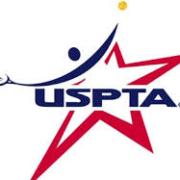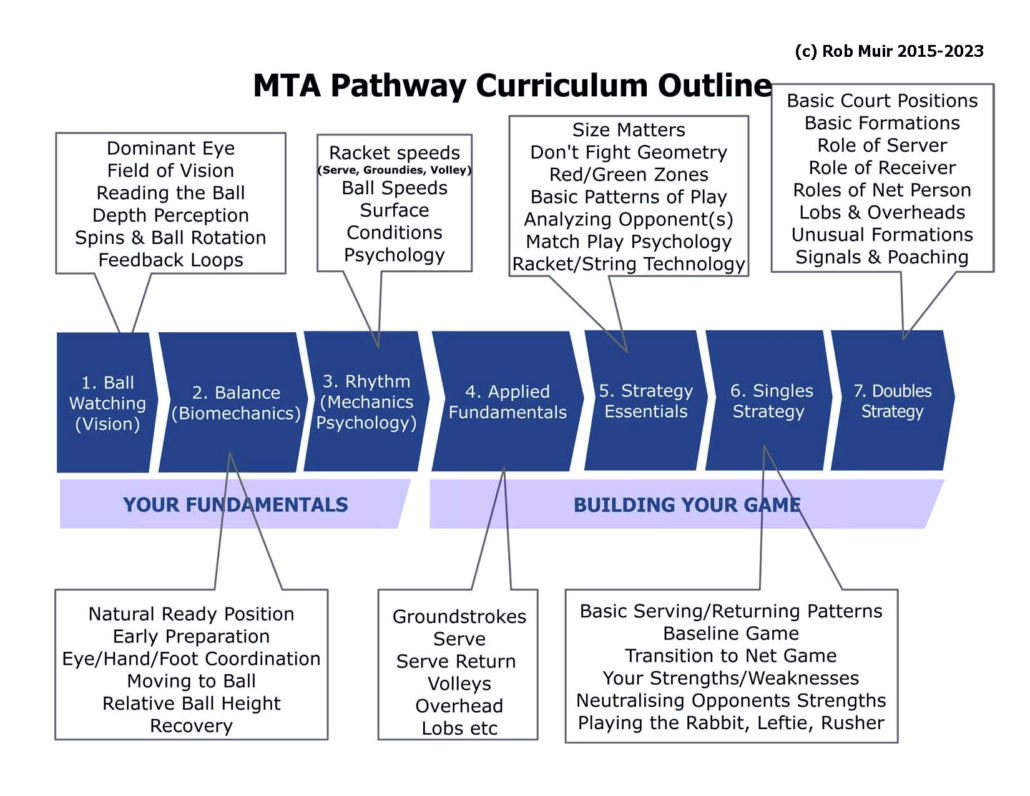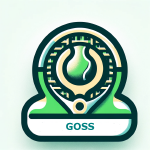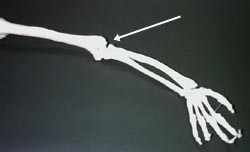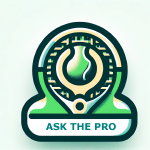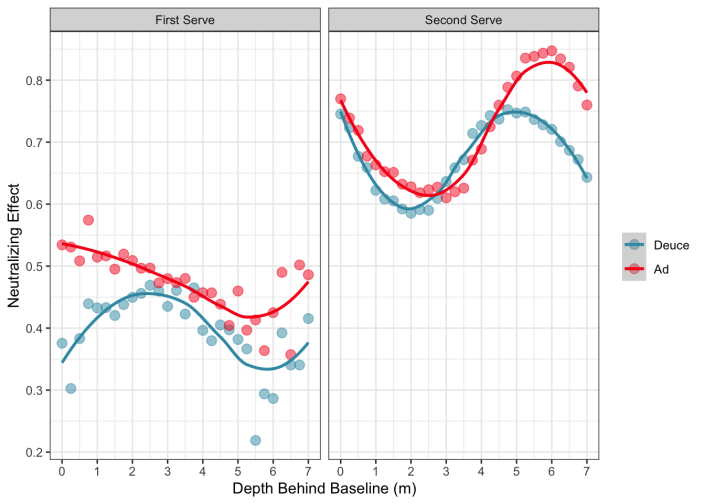Angeball Tactics on the Tennis Court
If you’ve heard of Ange Postecoglou, you’ve almost certainly heard of Angeball. The football philosophy has come to occupy an almost sacred presence in the imaginations of the Australian’s supporters.
Angeball is not just a system, but also an ideology of sorts. One which dictates that whenever a player receives the ball, regardless of role or position on the pitch, the mindset must be proactively looking for a way to play it forward and make something happen.
Imagining an equivalent strategy in tennis to “Angeball” in soccer involves creating a mindset and tactical approach that emphasizes constant forward momentum, aggression, and making every stroke count towards gaining an advantage.
In tennis, this translates into a style of play that is not just about hitting the ball back, but about constantly looking for opportunities to take control of the point, dictate the pace of the game, and keep the opponent under pressure. Here’s how this might look:
1. Aggressive Baseline Play: Players would focus on taking the ball early, preferably on the rise, to reduce their opponent’s reaction time. This involves stepping inside the baseline whenever possible and hitting deep, penetrating groundstrokes aimed at pushing the opponent back and creating openings.
2. Proactive Court Positioning: Instead of reacting to the opponent’s shots, players would actively look to position themselves in a way that allows them to attack. This means moving quickly to the net when the opportunity arises, cutting off angles, and using split-step movements to be ready for aggressive volleys.
3. Serve and Return Strategy: The serve would be used as a weapon to immediately take control of the point, aiming for aces or unreturnable serves. On the return, players would aim to be assertive, trying to neutralize powerful serves and immediately transitioning to an offensive position.
4. Variety with Purpose: While maintaining aggression, players would incorporate a variety of shots (like topspin, slice, drop shots, lobs) but always with the intent of moving the point forward towards winning the rally, not just for the sake of mixing it up.
5. Physical and Mental Conditioning: This style of play requires exceptional physical fitness to sustain high-intensity, aggressive play throughout a match. Mentally, players must be conditioned to remain focused, resilient, and constantly looking for opportunities to seize control.
6. Strategic Risk Management: While aggression is key, players would need to balance this with smart decision-making. This means knowing when to unleash a powerful shot versus when to play a safer one, understanding the opponent’s weaknesses, and exploiting them without overplaying their hand.
7. Continuous Pressure: The ideology would be about never letting up, continuously applying pressure in every point, every game, every set. This relentless approach is designed to mentally and physically wear down opponents.
8. Adaptability and In-Game Adjustments: Despite the emphasis on forward play, players would be trained to quickly adapt their strategy based on the match’s flow and the opponent’s responses, always seeking the most effective way to maintain the initiative.
This tennis strategy, akin to Angeball in soccer, creates a dynamic, assertive, and mentally tough player, always looking to be the one dictating play and forcing opponents into uncomfortable, defensive positions.

